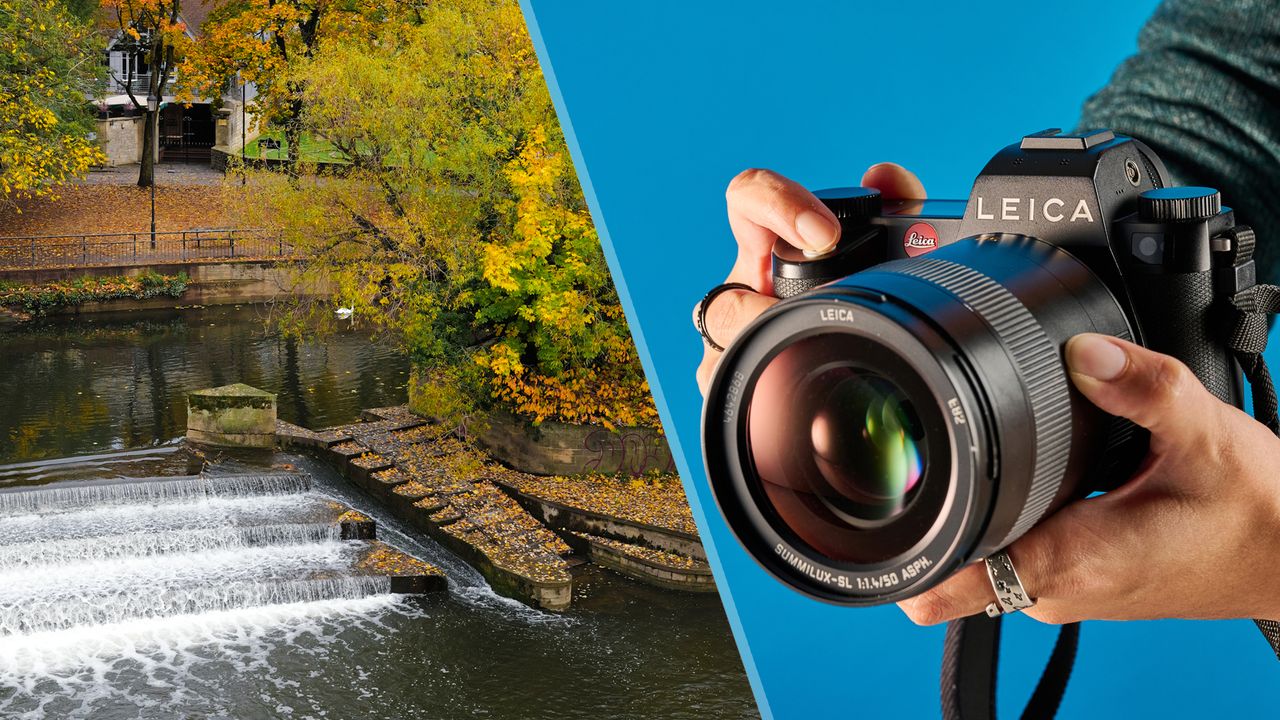
I have tested many of the best mirrorless cameras as a reviews writer. Some have been highly memorable while some haven't. The most recent camera I've tested is the Leica SL3, a camera so good that I instantly fell in love with it — but let's be honest, it's kinda hard not to love a Leica. Most of the German giant's cameras ooze charm and class, and they take ridiculously beautiful photos.
But of course, they are accompanied by hefty price tags that may not appeal to everyone. If I had all the money in the world, or if I won the lottery next week, I'd easily spend some of it buying the SL3 and a sharp lens to go with it. And that's saying a lot considering just how much I love my Fujifilm X-T50.
There are lots of things to love about the SL3. It's built like a tank; it looks and feels luxurious; it's got great ergonomic for beautiful handling; and the 60MP images it takes? Sharp, stunning, heavenly. It has reliable and fast autofocus too, so it gives photographers (and hybrid shooters) plenty to love and work with.
Some of the best photos I've ever taken
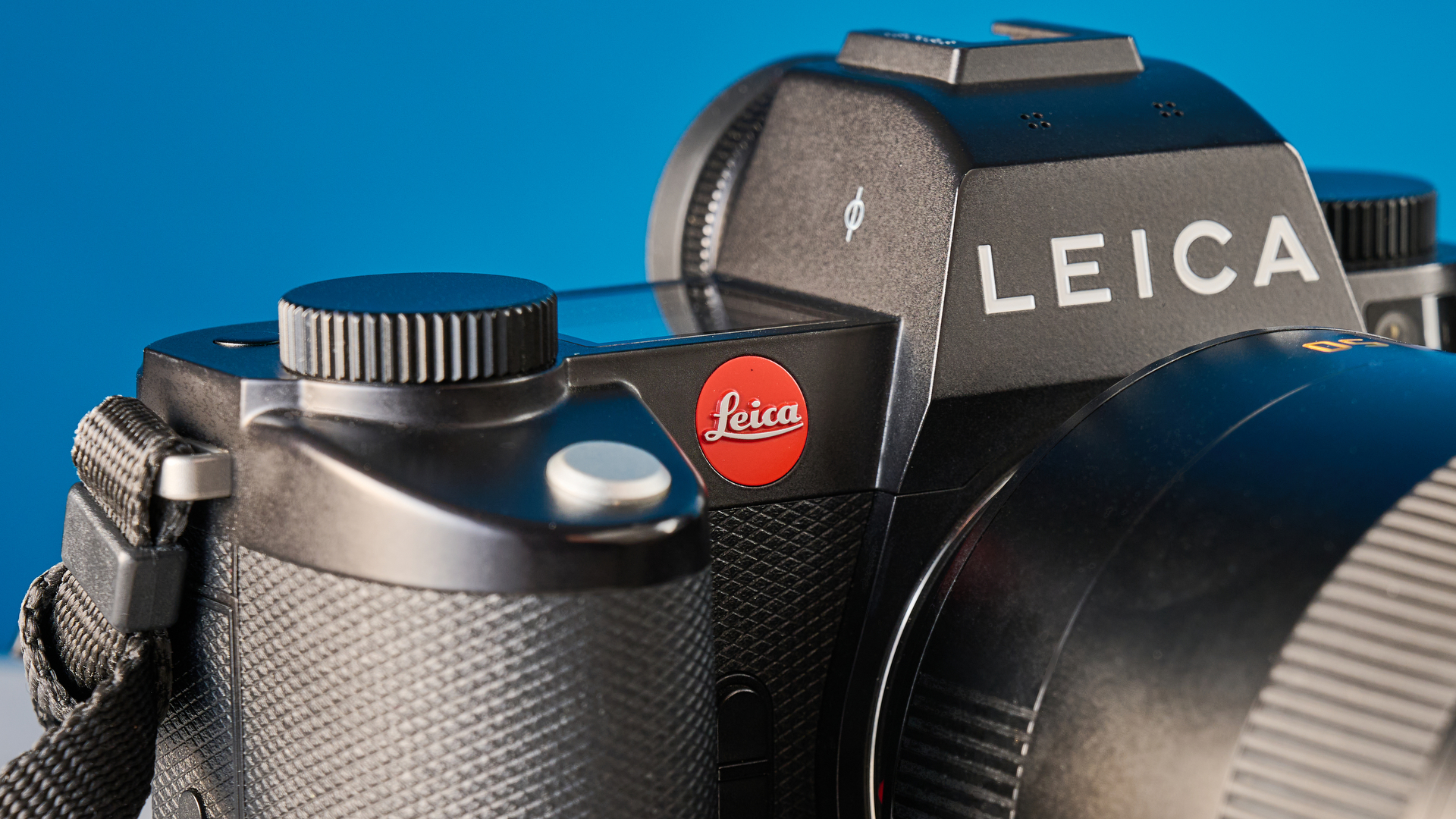
I've been using cameras ever since I was a child, and there's nothing more I enjoy doing than taking photos of my partner or wildlife. I'm very lucky that I now get to test cameras in a professional capacity and for a living — and that means I get to play with all sorts of cameras from Sony, Nikon, Fujifilm, Canon and yes, Leica. And the Leica SL3? Well, it's helped me capture some of my best photos ever.
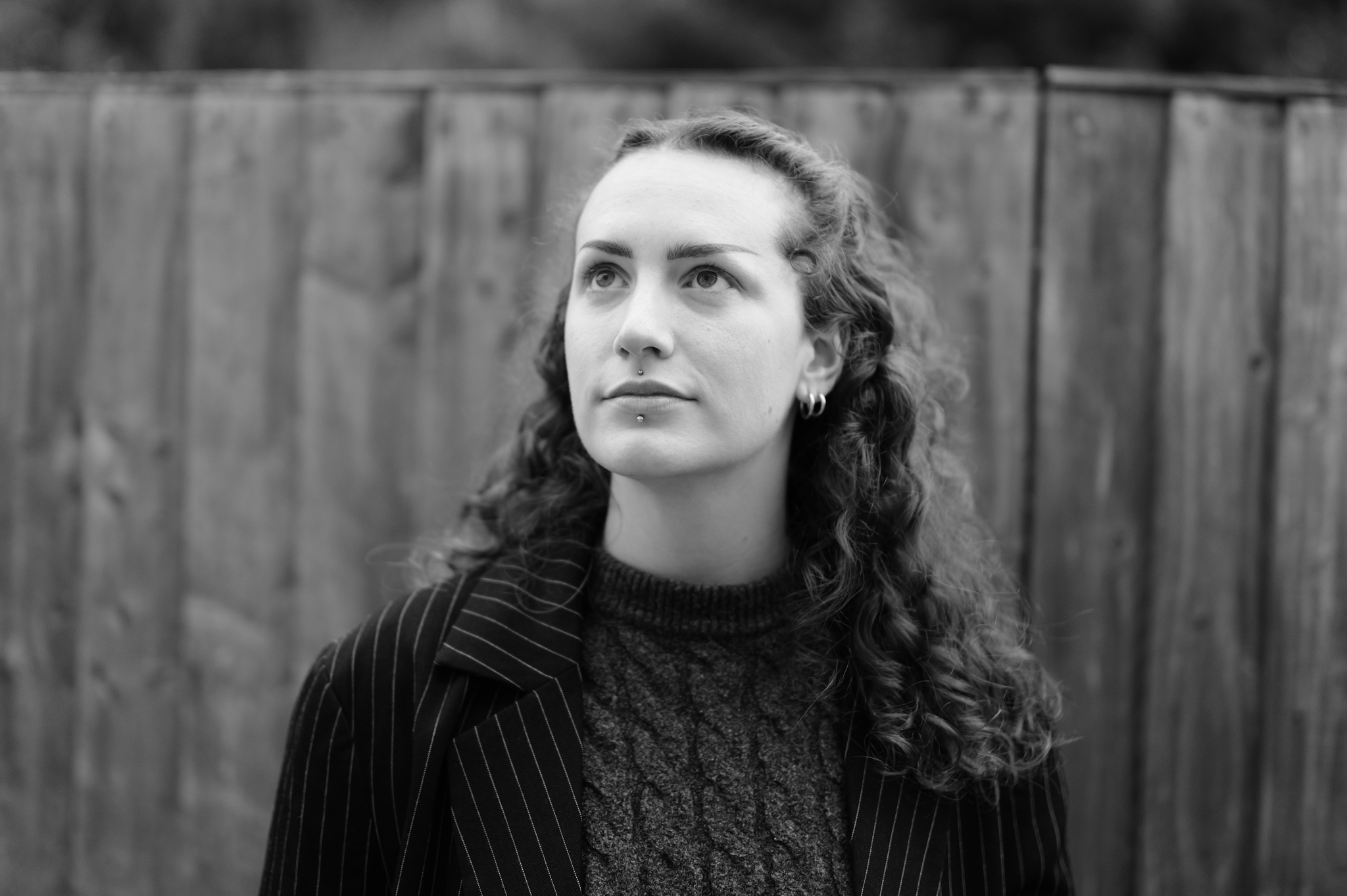
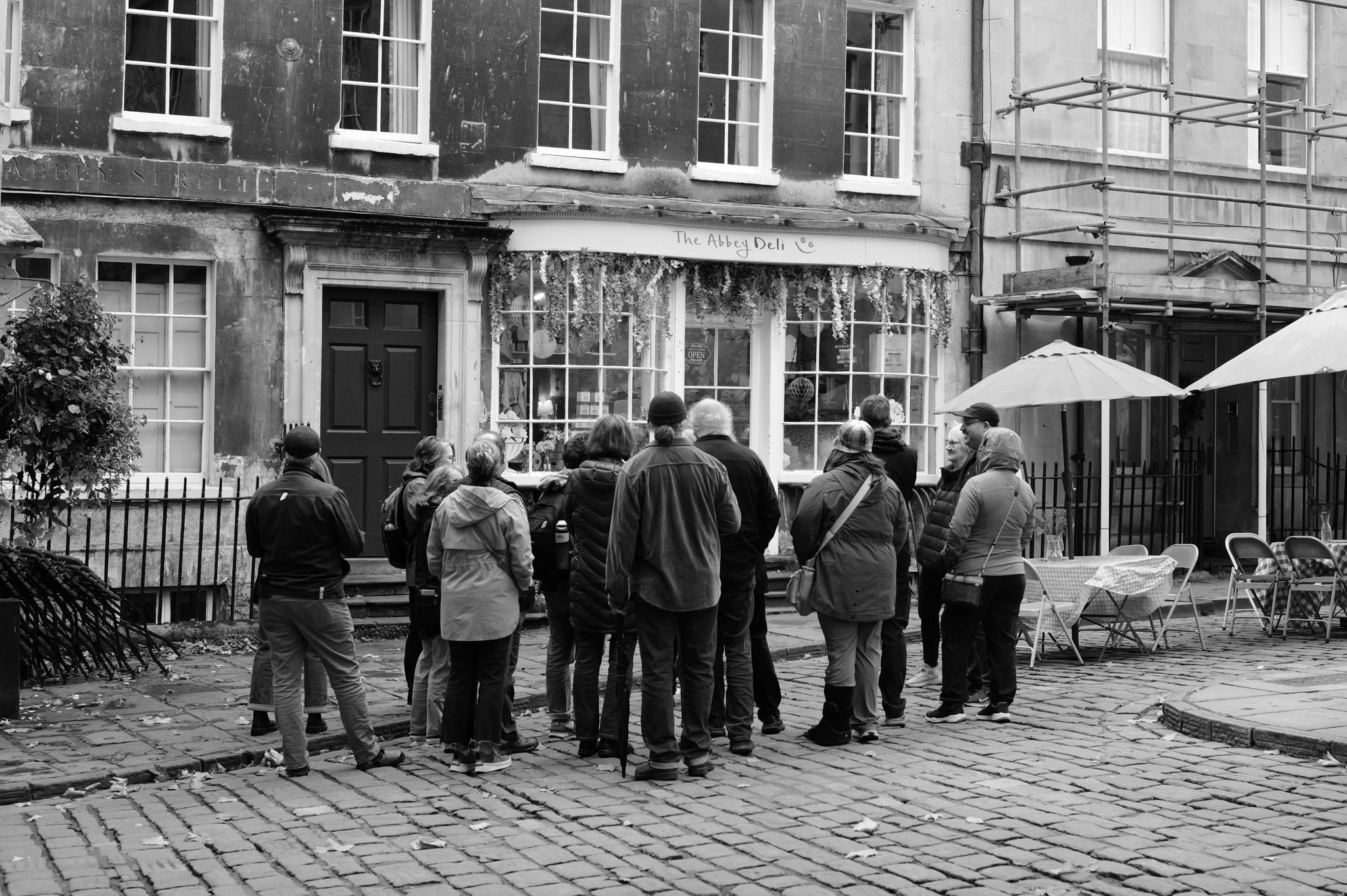
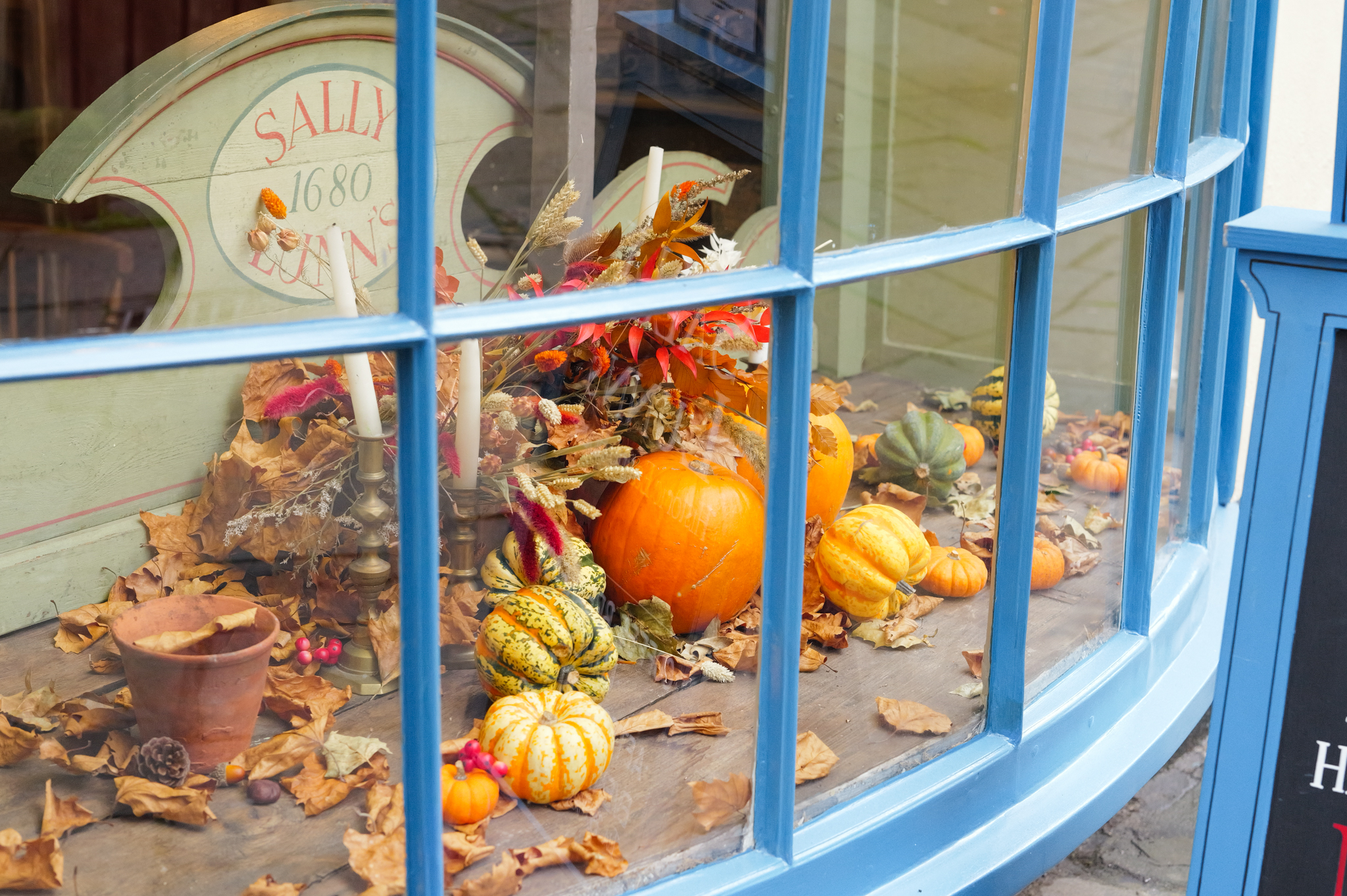
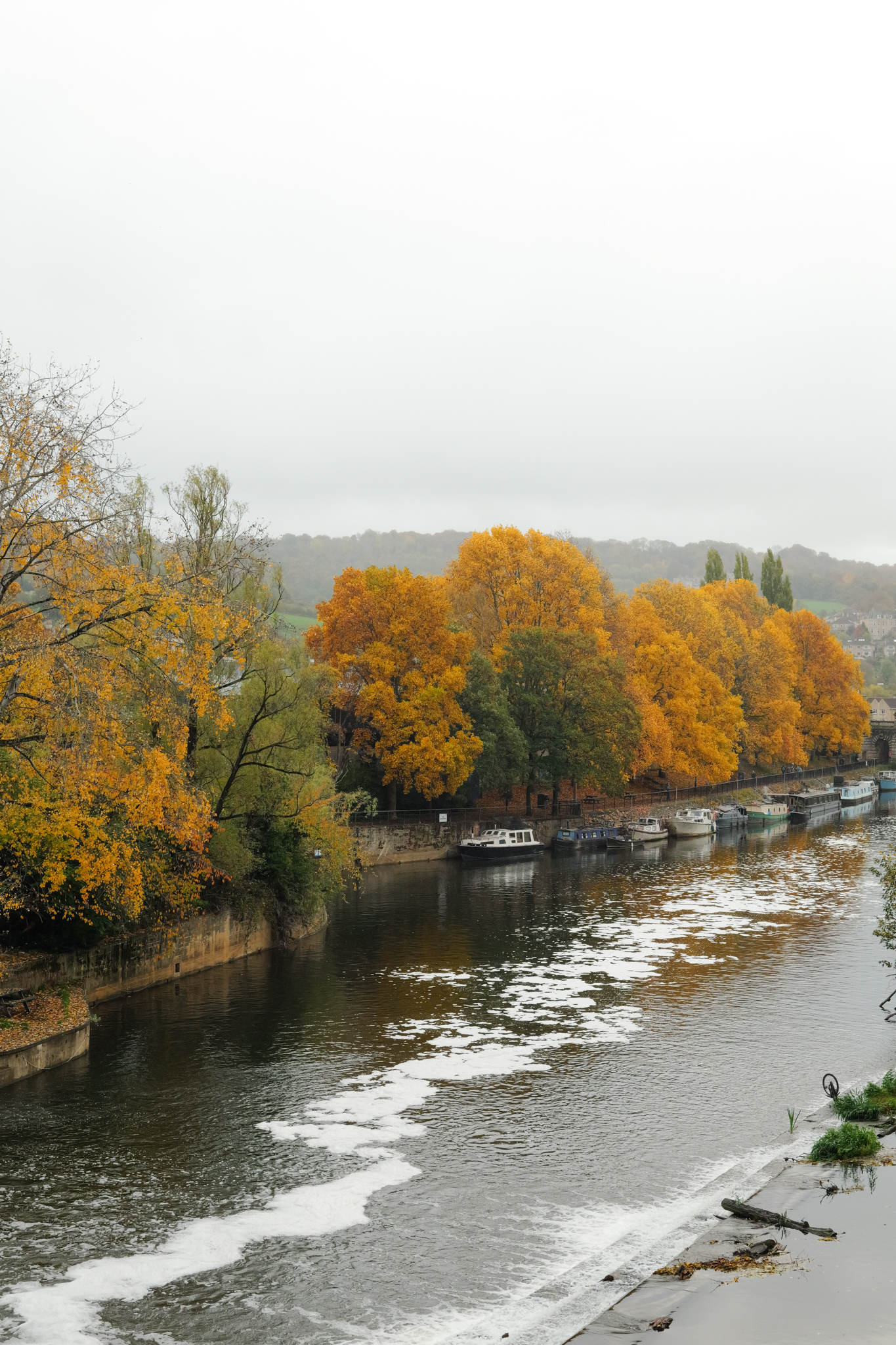
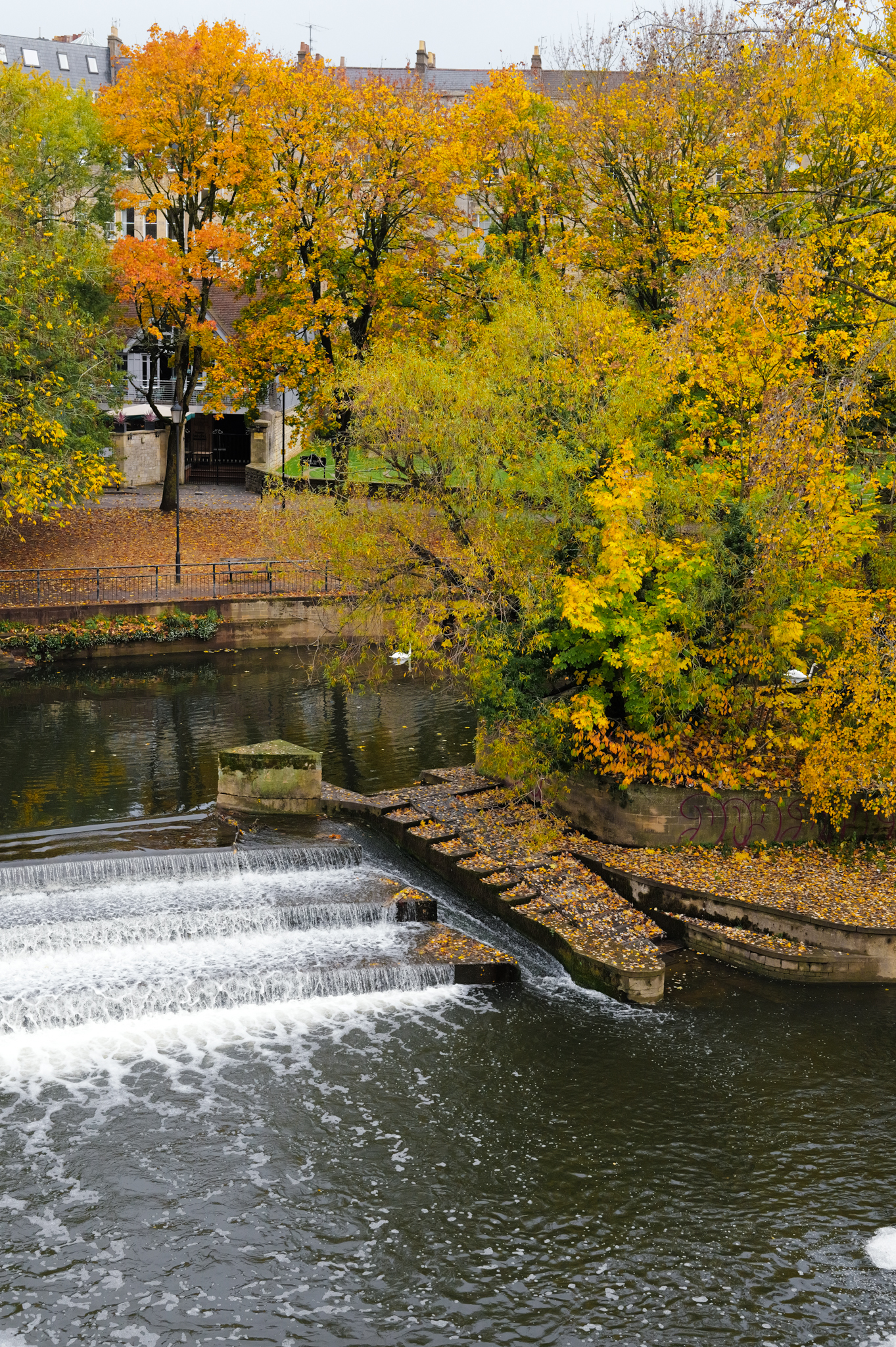
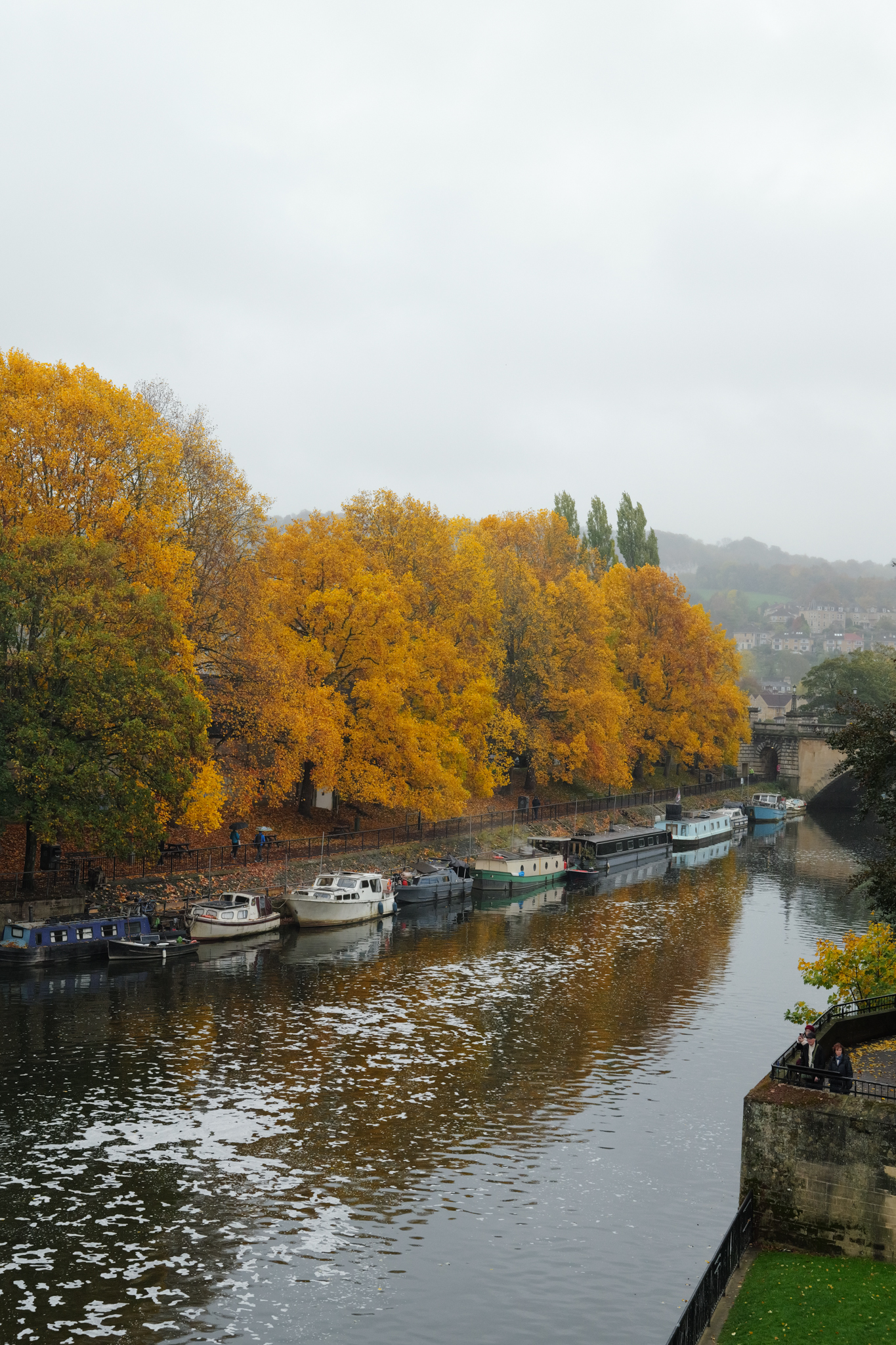
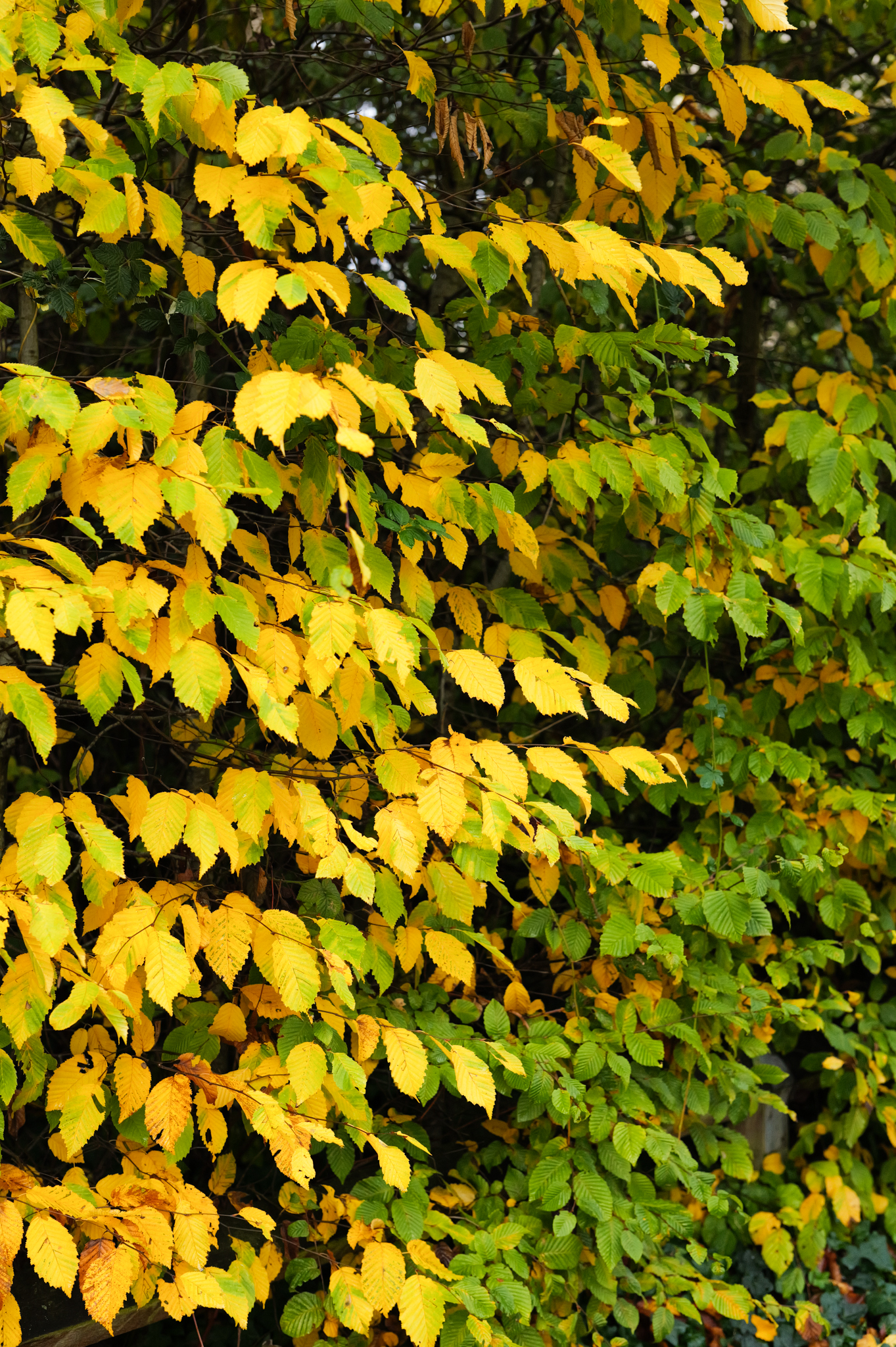
The SL3 is fitted with a 60.3MP CMOS sensor and it utilizes the Leica Maestro IV processor to capture sharp images. Photos are packed with plenty and plenty of detail, and color reproduction is phenomenal — some of the best I've seen since Fujifilm. I love the range of colors and hues in the gallery above, especially in the images of the autumnal trees and leaves.
What also makes the SL3 reliable to use is its fast autofocus system with human and animal subject detection. It utilizes a combination of phase-detection for speed and contrast-detection for accuracy, as well as depth mapping to lock on to faces and eyes. It works like a charm, and I rarely missed a shot thanks to it.
Built like a tank
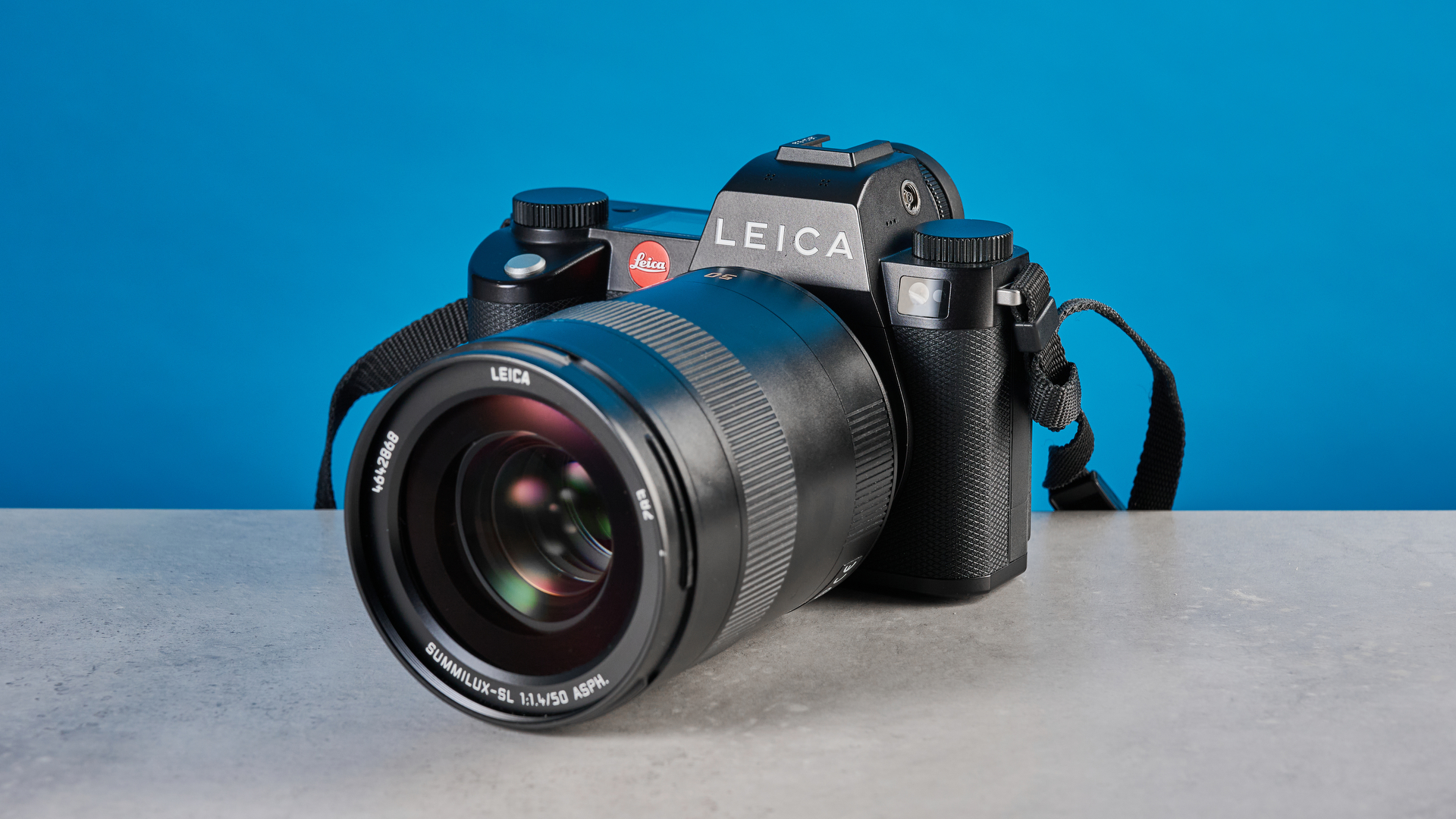
I won't lie: the Leica SL3 is a heavy camera, and it isn't for you if you want a sleek, easy-to-travel-with device. The camera's body alone weighs 1.69lbs (without battery, SD card and camera bayonet cover), but if you attach a lens like the 50mm f/1.4 to it, that drives the weight up to a whopping 4.03lbs. I'm not jacked so when I was holding up the camera for extended periods of time, I could feel my muscles going sore. I should probably hit the gym soon.
But what I'm very thankful for is the SL3's ergonomics. Sporting a chunky, sculpted grip and fantastic weight distribution, the SL3 is nothing short of delightful when it comes to handling it. All the buttons and dials are placed well and in easy-to-reach locations, so I never felt like the camera was difficult to use.
Leica hopes to offer a stripped-back photography experience with the SL3, and in my opinion, it has succeeded in delivering it. With the straightforward control scheme and omission of overwhelming dials, as well as a simple menu system, the SL3 could be the camera to put fun back into photography if you're feeling stuck.
Anything wrong?
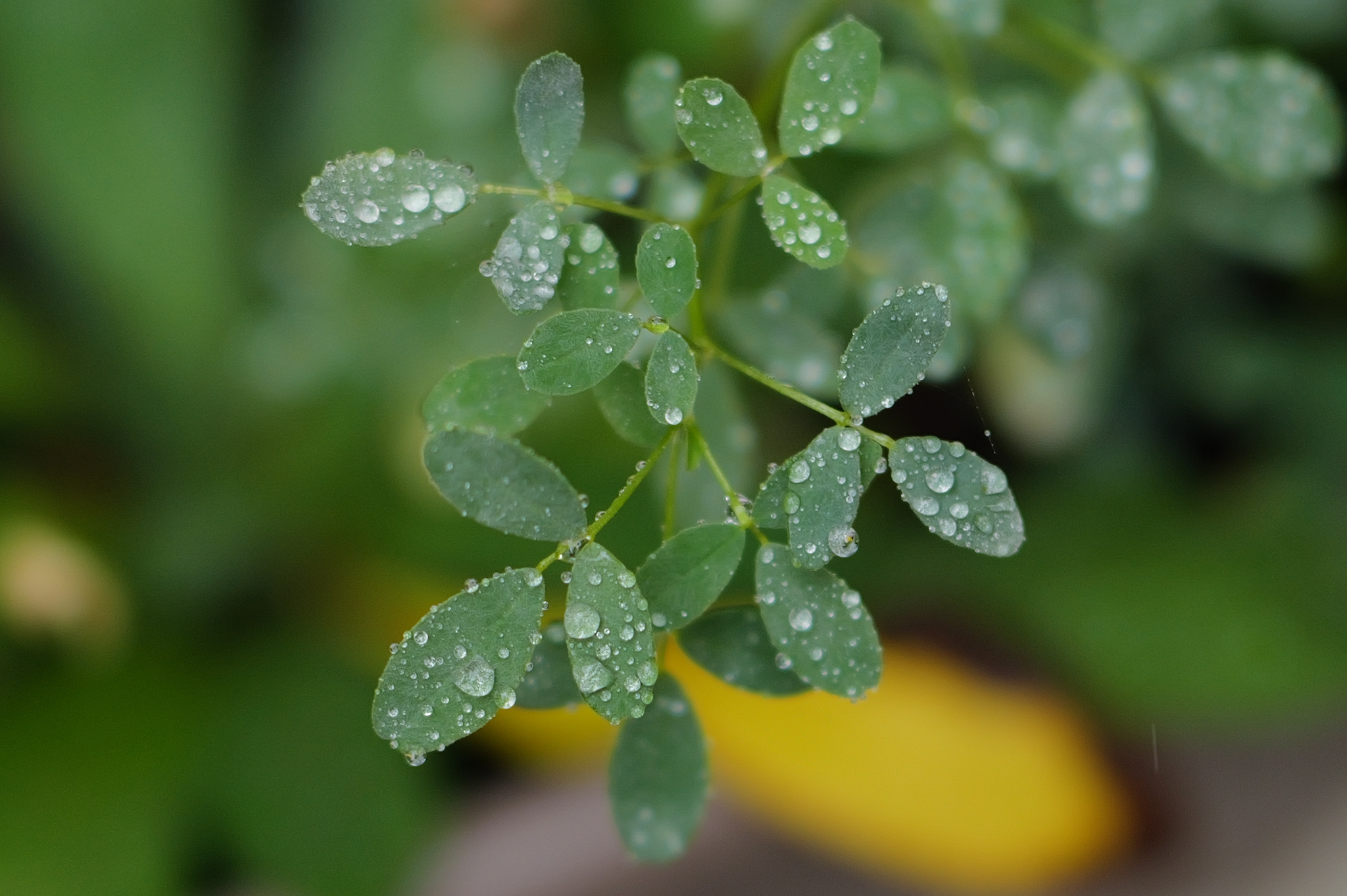
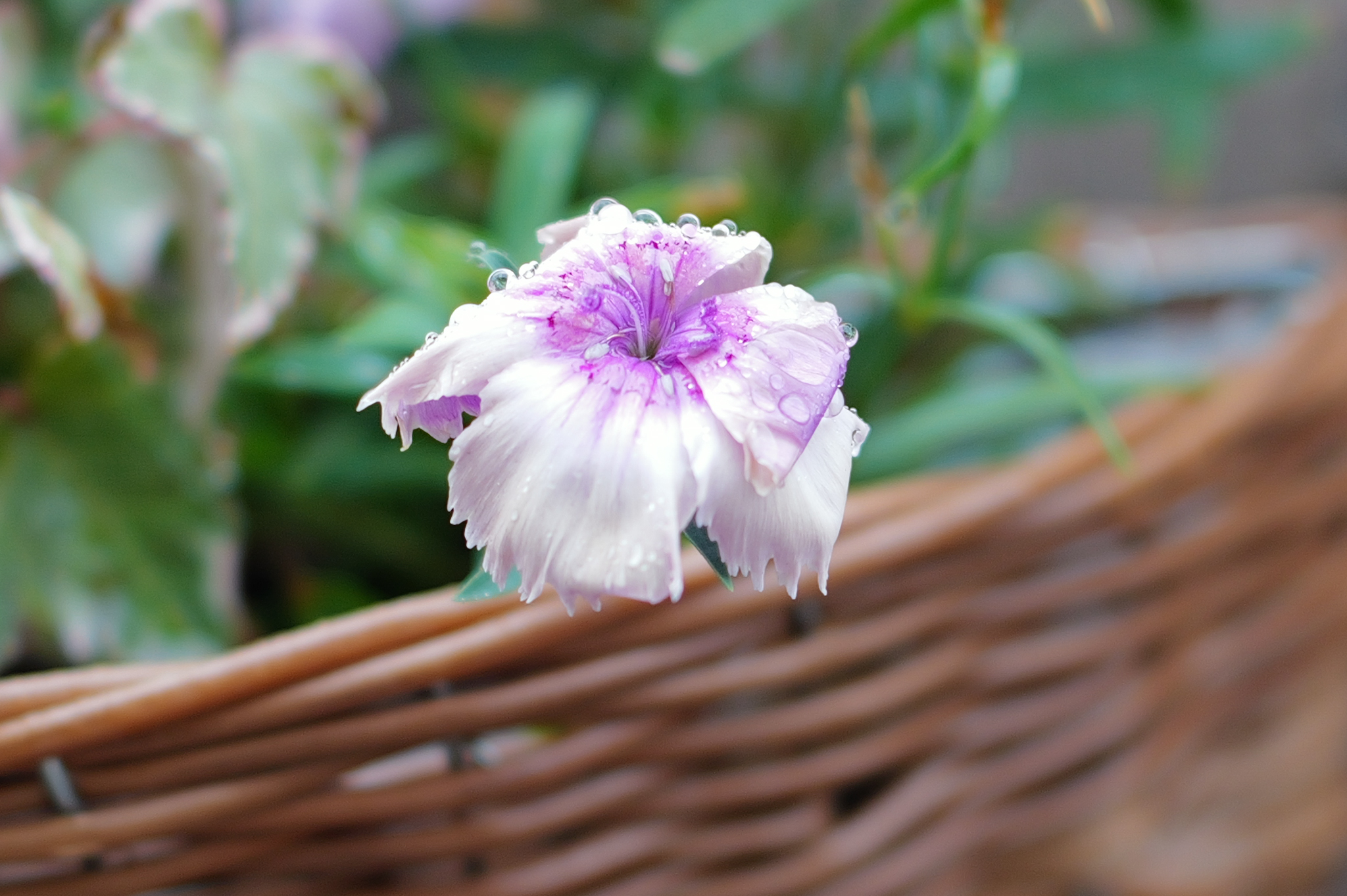
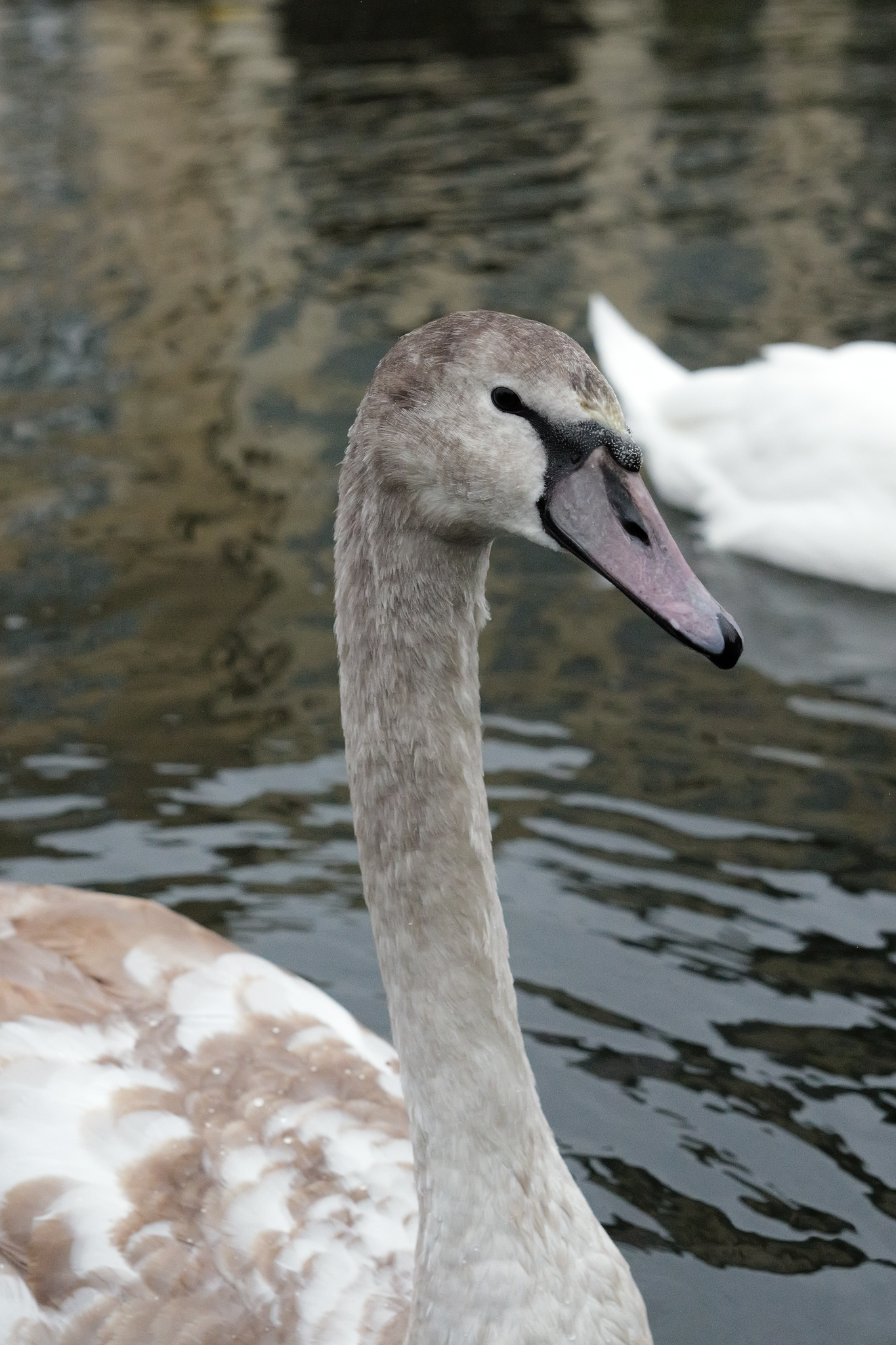
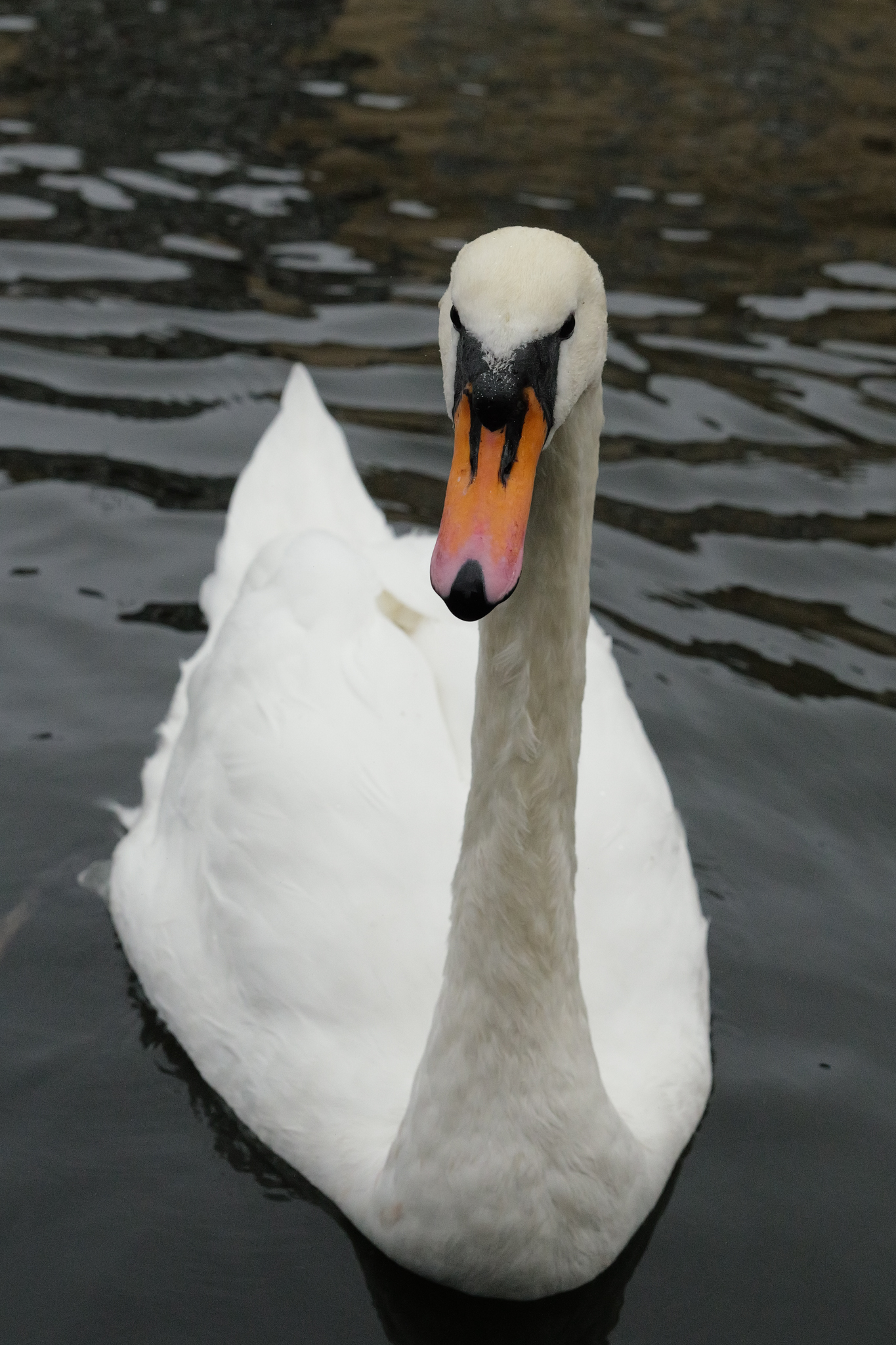
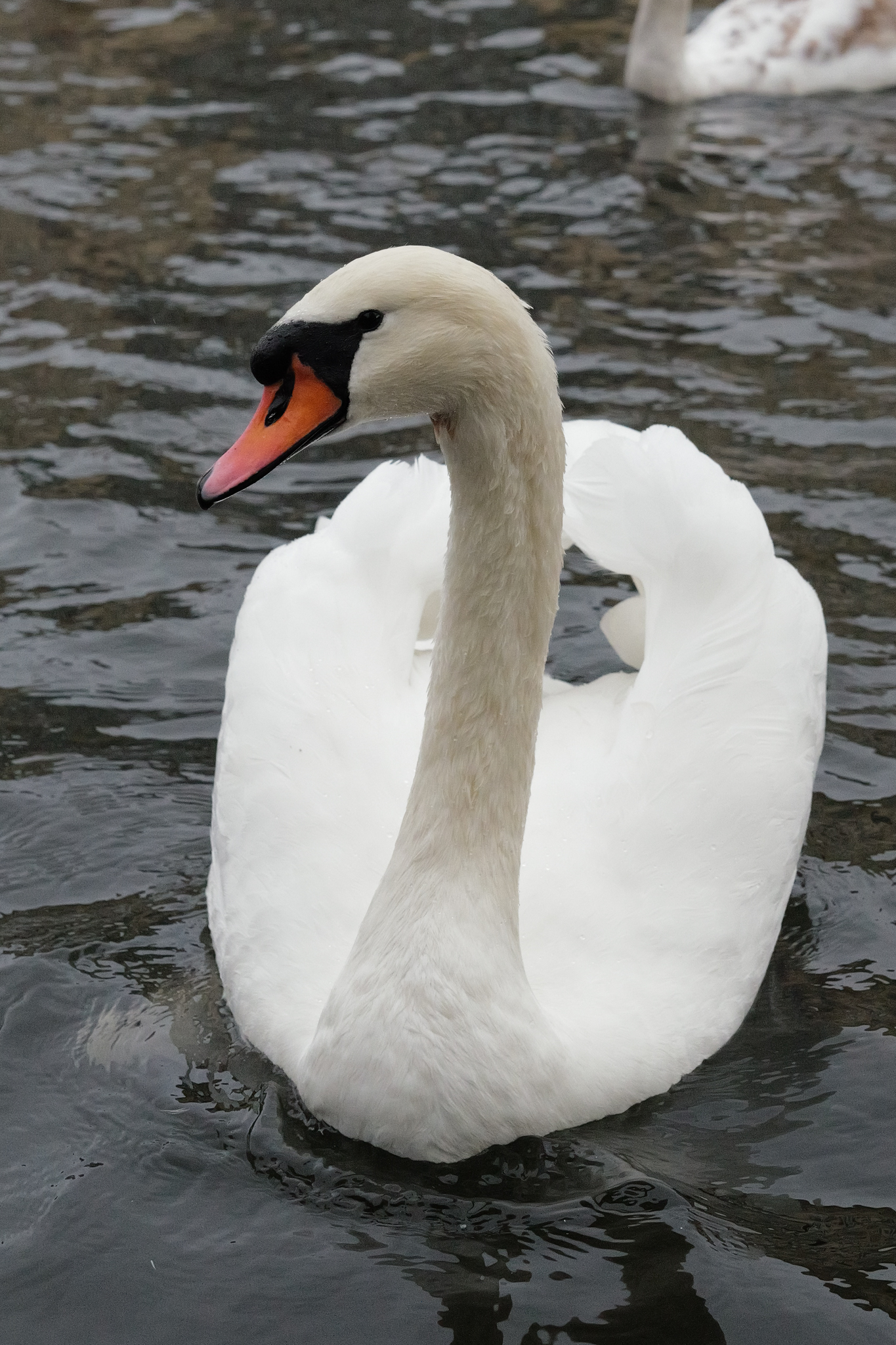
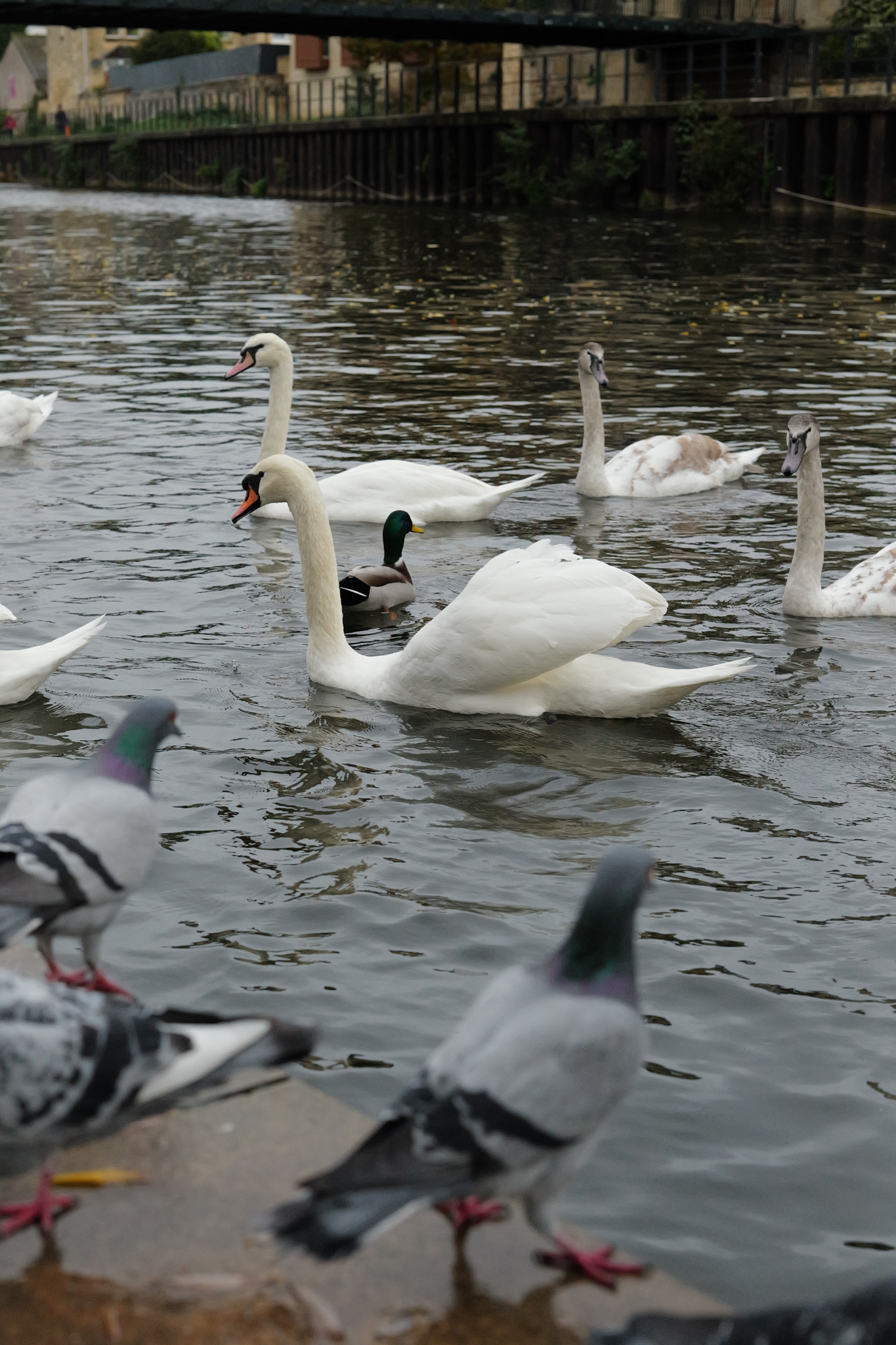
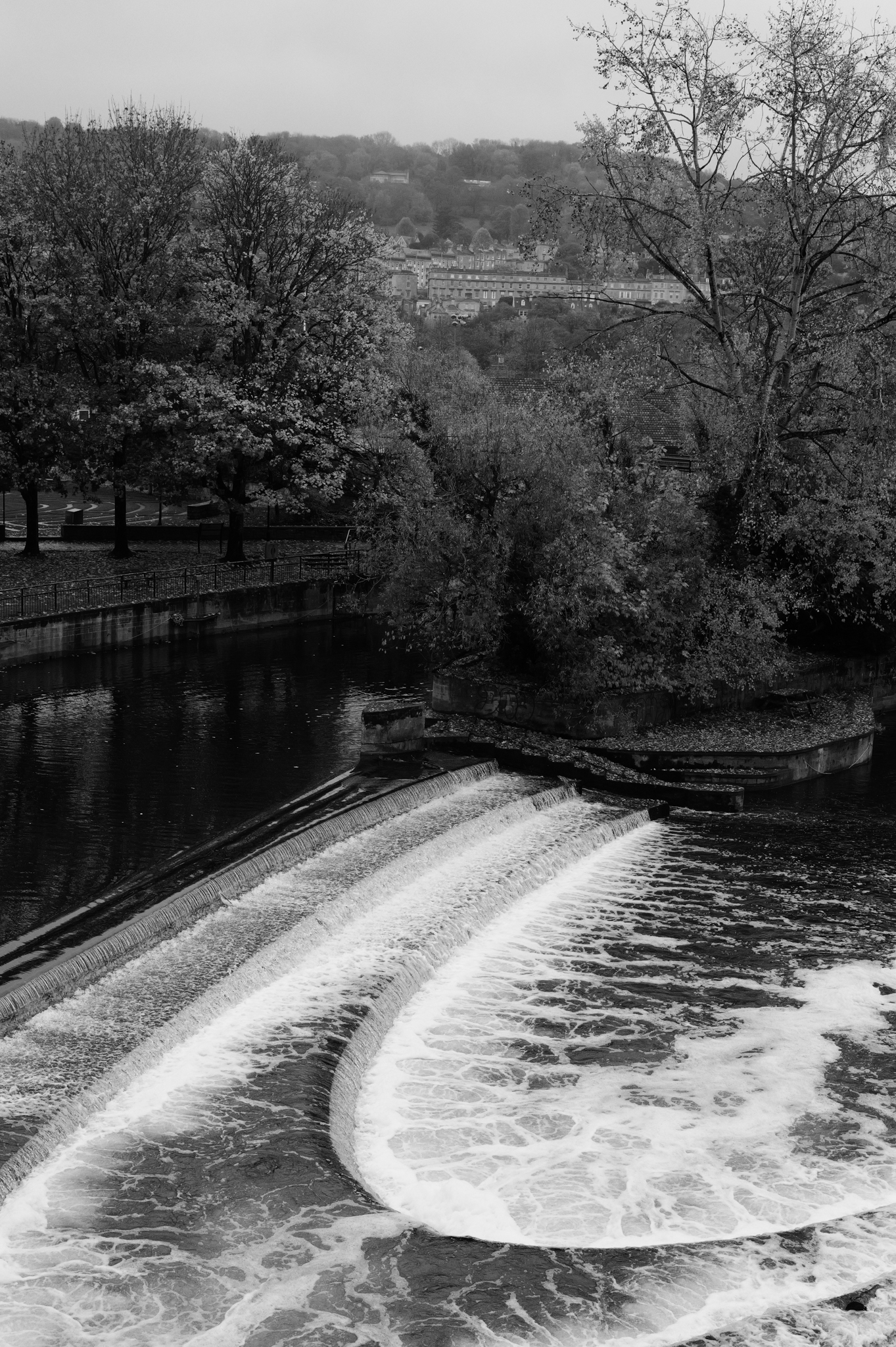
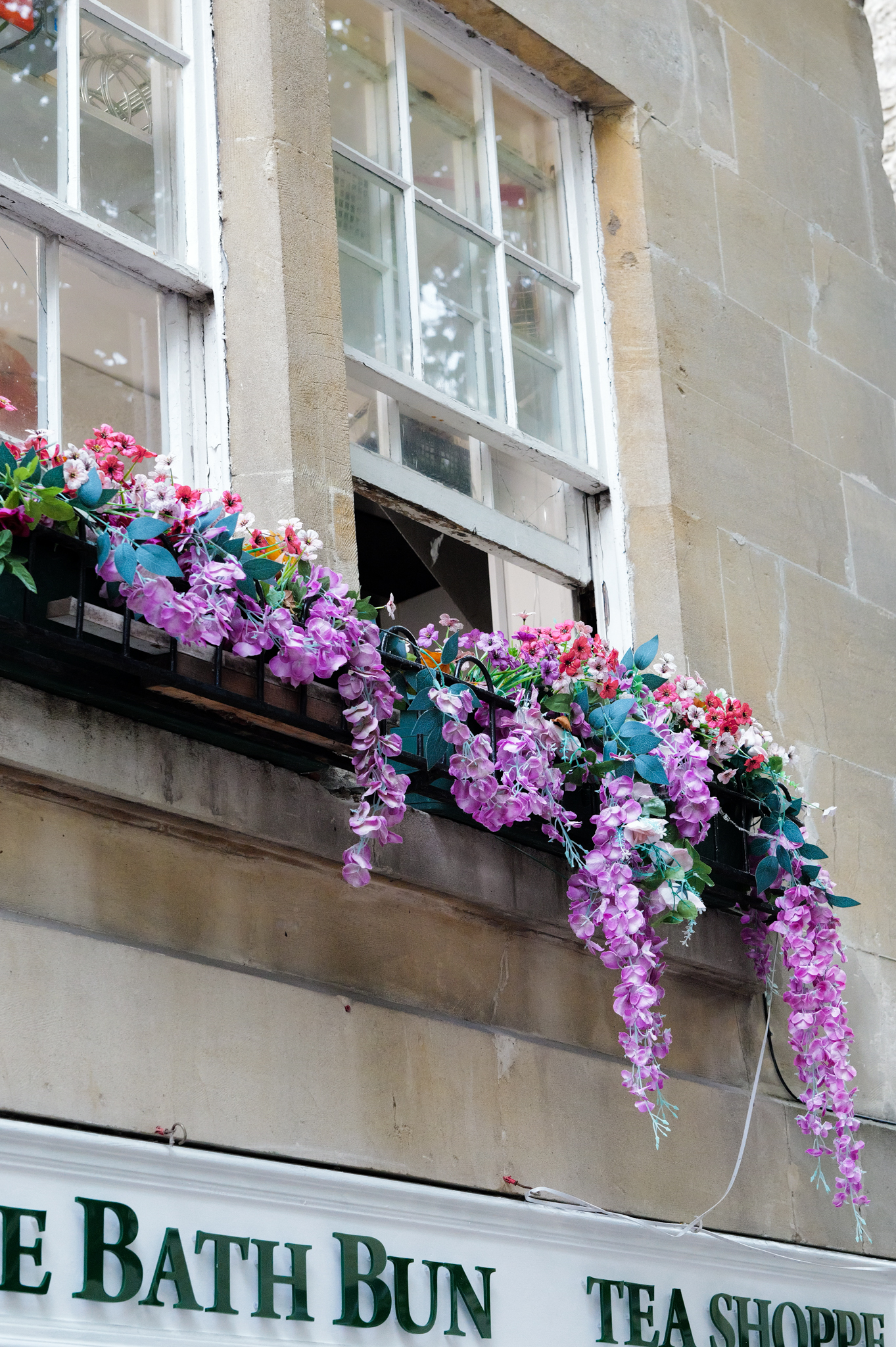
The Leica SL3 is a near-perfect camera. I say that because it isn't without its flaws. In my Leica SL3 review, I mentioned its premium price tag under the cons — and that's only a con if you can't afford it. If you can, then it's a brilliant camera. No, the only noteworthy flaw it has is its poor battery life... and it's bad.
The SL3 is CIPA-rated for 260 shots only. CIPA ratings are done under strict testing conditions and it isn't necessary that you will get only that during real-world use. In fact, I managed to take just over 300 photos between charges. Which still isn't great. This means that you either need to carry a power bank or invest in spare batteries, both of which are added expenditures. But I guess if you've already dropped close to ten grand on camera, that won't hold you back.
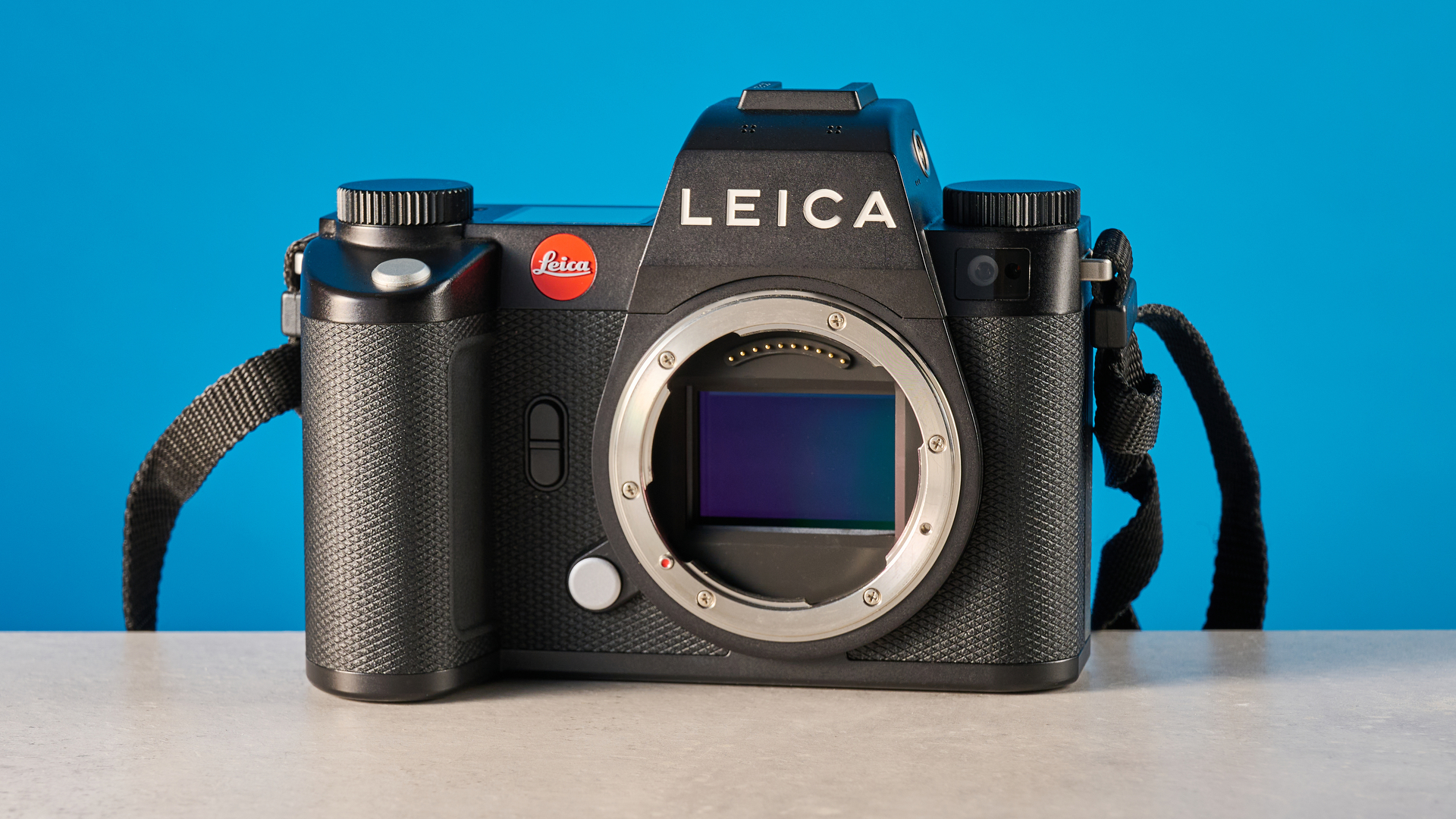
The SL3 sounds enticing, doesn't it? I highly recommend it if you can stomach the price. Its body retails for $7,485 / £5,899 and a decent lens will cost you another five grand. For example, I tested the Summilux-SL 50mm f/1.4 ASPH. which, on its own, costs $7,055 / £5,200. But fret not! I have found alternatives for you.
Cheaper alternatives
For the typical photo enthusiast, Leica isn't exactly attainable. Most of the German giants cameras cost an arm and a leg — even without a lens. But there are cheaper, equally-as-good alternatives available if you want great image quality as well as ease of use.
Follow Tom's Guide on Google News and add us as a preferred source to get our up-to-date news, analysis, and reviews in your feeds. Make sure to click the Follow button!







